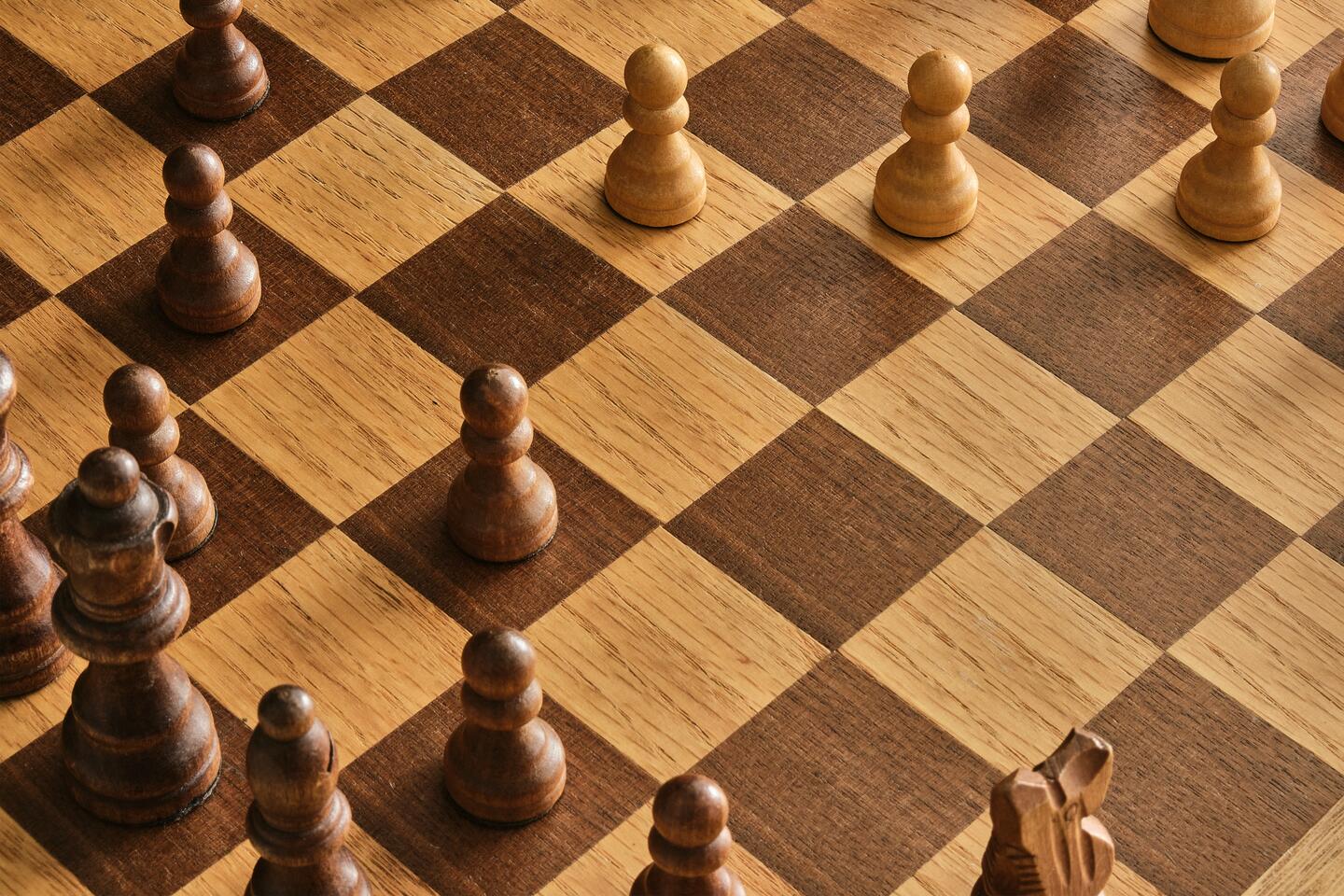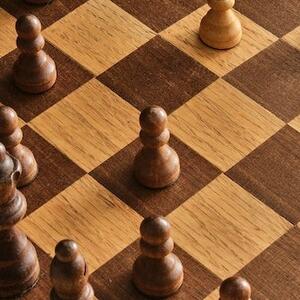The supplementary material is broken down by category. Each category contains books that can serve as general references and some academic papers. In general the rigor in the papers is beyond the rigor in the tutorial, but can be used to get an idea of how game theory is applied to various settings.
General Game Theory References For Sequential Games
Robert Pindyck, Daniel Rubinfeld, Paul G Farnham, David Miles, Andrew Scott, and Francis Breedon.
Microeconomics, 8th Edition. Pearson Education, Inc, 2009
Walter Nicholson and Christopher Snyder. Microeconomic theory. South Western/Thomson, 2005
Hal R Varian. Intermediate Microeconomics: A Modern Approach, 9th edition. WW Norton & Company, 2014
A Mas-Colle, W Whinston, and Jerry Green. Microeconomic theory. Oxford university press, 1995
Georey Alexander Jehle. Advanced microeconomic theory. Pearson Education India, 2001
Drew Fudenberg and Jean Tirole. Game theory. MIT press Cambridge, MA, 1991
Steven Tadelis. Game theory: an introduction. Princeton University Press, 2013
Martin J Osborne and Ariel Rubinstein. A course in game theory. MIT press, 1994
Alain Haurie, Jacek B Krawczyk, Georges Zaccour, et al. Games and Dynamic Games. World Scientic
Books, 2012
Jennifer F Reinganum. Dynamic Games of Innovation. Journal of Economic Theory, 25(1):21-41, 1981
Christopher Ferrall and Anthony A Smith Jr. A sequential game model of sports championship series:
theory and estimation. Review of Economics and Statistics, 81(4):704-719, 1999
Christoph Wagner, Tymoy Mylovanov, and Thomas Troger. Informed-principal problem with moral
hazard, risk neutrality, and no limited liability. Journal of Economic Theory, 159:280-289, 2015
Audrey Hu and Liang Zou. Sequential auctions, price trends, and risk preferences. Journal of Economic
Theory, 158:319-335, 2015
Infinitely Repeated Games and Similar Topics
George J Mailath and Larry Samuelson. Repeated Games and Reputations: Long-run Relationships. Oxford University Press, 2006 (Highly recommended for infinitely repeated games)
Jerzy Filar and Koos Vrieze. Competitive Markov decision processes. Springer Science & Business
Media, 2012
Abraham Neyman and Sylvain Sorin. Stochastic games and applications, Volume 570. Springer Science
& Business Media, 2003
Rufus Isaacs. Dierential games: a mathematical theory with applications to warfare and pursuit,
control and optimization. Courier Corporation, 1999
Edward J Green and Robert H Porter. Noncooperative collusion under imperfect price information.
Econometrica: Journal of the Econometric Society, pages 87-100, 1984
Susan Athey and Kyle Bagwell. Collusion with persistent cost shocks. Econometrica, pages 493-540,
2008
Behavioral Game Theory
Colin Camerer. Behavioral game theory. New Age International, 2010
Vincent P Crawford and Nagore Iriberri. Level-k auctions: Can a nonequilibrium model of strategic
thinking explain the winner's curse and overbidding in private-value auctions? Econometrica,
75(6):1721{1770, 2007
Colin F Camerer, Teck-Hua Ho, and Juin-Kuan Chong. A cognitive hierarchy model of games. The
Quarterly Journal of Economics, 119(3):861{898, 2004
Amos Tversky and Daniel Kahneman. Availability: A heuristic for judging frequency and probability.
Cognitive psychology, 5(2):207{232, 1973
Daniel Kahneman and Amos Tversky. Prospect theory: An analysis of decision under risk. Economet-
rica: Journal of the econometric society, pages 263{291, 1979
Daniel Kahneman and Amos Tversky. Choices, values, and frames. American psychologist, 39(4):341,
1984
Richard D McKelvey and Thomas R Palfrey. An experimental study of the centipede game. Econo-
metrica: Journal of the Econometric Society, pages 803-836, 1992
References
[1] Susan Athey and Kyle Bagwell. Collusion with persistent cost shocks. Econometrica, pages 493-540,
2008.
[2] Colin Camerer. Behavioral game theory. New Age International, 2010.
[3] Colin F Camerer, Teck-Hua Ho, and Juin-Kuan Chong. A cognitive hierarchy model of games. The
Quarterly Journal of Economics, 119(3):861{898, 2004.
[4] Vincent P Crawford and Nagore Iriberri. Level-k auctions: Can a nonequilibrium model of strategic
thinking explain the winner's curse and overbidding in private-value auctions? Econometrica,
75(6):1721-1770, 2007.
[5] Christopher Ferrall and Anthony A Smith Jr. A sequential game model of sports championship series:
theory and estimation. Review of Economics and Statistics, 81(4):704-719, 1999.
[6] Jerzy Filar and Koos Vrieze. Competitive Markov decision processes. Springer Science & Business
Media, 2012.
[7] Drew Fudenberg and Jean Tirole. Game theory. MIT press Cambridge, MA, 1991.
[8] Edward J Green and Robert H Porter. Noncooperative collusion under imperfect price information.
Econometrica: Journal of the Econometric Society, pages 87-100, 1984.
[9] Alain Haurie, Jacek B Krawczyk, Georges Zaccour, et al. Games and dynamic games. World Scientic
Books, 2012.
[10] Audrey Hu and Liang Zou. Sequential auctions, price trends, and risk preferences. Journal of Economic
Theory, 158:319-335, 2015.
2
[11] Rufus Isaacs. Differential Games: A Mathematical Theory with Applications to Warfare and Pursuit, control
and optimization. Courier Corporation, 1999.
[12] Georey Alexander Jehle. Advanced microeconomic theory. Pearson Education India, 2001.
[13] Daniel Kahneman and Amos Tversky. Prospect theory: An analysis of decision under risk. Economet-
rica: Journal of the econometric society, pages 263-291, 1979.
[14] Daniel Kahneman and Amos Tversky. Choices, values, and frames. American psychologist, 39(4):341,
1984.
[15] George J Mailath and Larry Samuelson. Repeated games and reputations: long-run relationships. Oxford
university press, 2006.
[16] A Mas-Colle, W Whinston, and Jerry Green. Microeconomic theory. Oxford University Press, 1995.
[17] Richard D McKelvey and Thomas R Palfrey. An experimental study of the centipede game. Econometrica: Journal of the Econometric Society, pages 803-836, 1992.
[18] Abraham Neyman and Sylvain Sorin. Stochastic Games and Applications, volume 570. Springer Science
& Business Media, 2003.
[19] Walter Nicholson and Christopher Snyder. Microeconomic theory. South Western/Thomson, 2005.
[20] Martin J Osborne and Ariel Rubinstein. A course in Game Theory. MIT press, 1994.
[21] Robert Pindyck, Daniel Rubinfeld, Paul G Farnham, David Miles, Andrew Scott, and Francis Breedon.
Microeconomics, 8th Edition. Pearson Education, Inc, 2009.
[22] Jennifer F Reinganum. Dynamic games of innovation. Journal of Economic Theory, 25(1):21-41, 1981.
[23] Steven Tadelis. Game theory: an introduction. Princeton University Press, 2013.
[24] Amos Tversky and Daniel Kahneman. Availability: A heuristic for judging frequency and probability. Cognitive psychology, 5(2):207-232, 1973.
[25] Hal R Varian. Intermediate Microeconomics: A Modern Approach, 9th edition. WWNorton & Company,
2014.
[26] Christoph Wagner, Tymoy Mylovanov, and Thomas Troger. Informed-principal problem with moral
hazard, risk neutrality, and no limited liability. Journal of Economic Theory, 159:280-289, 2015.
3

